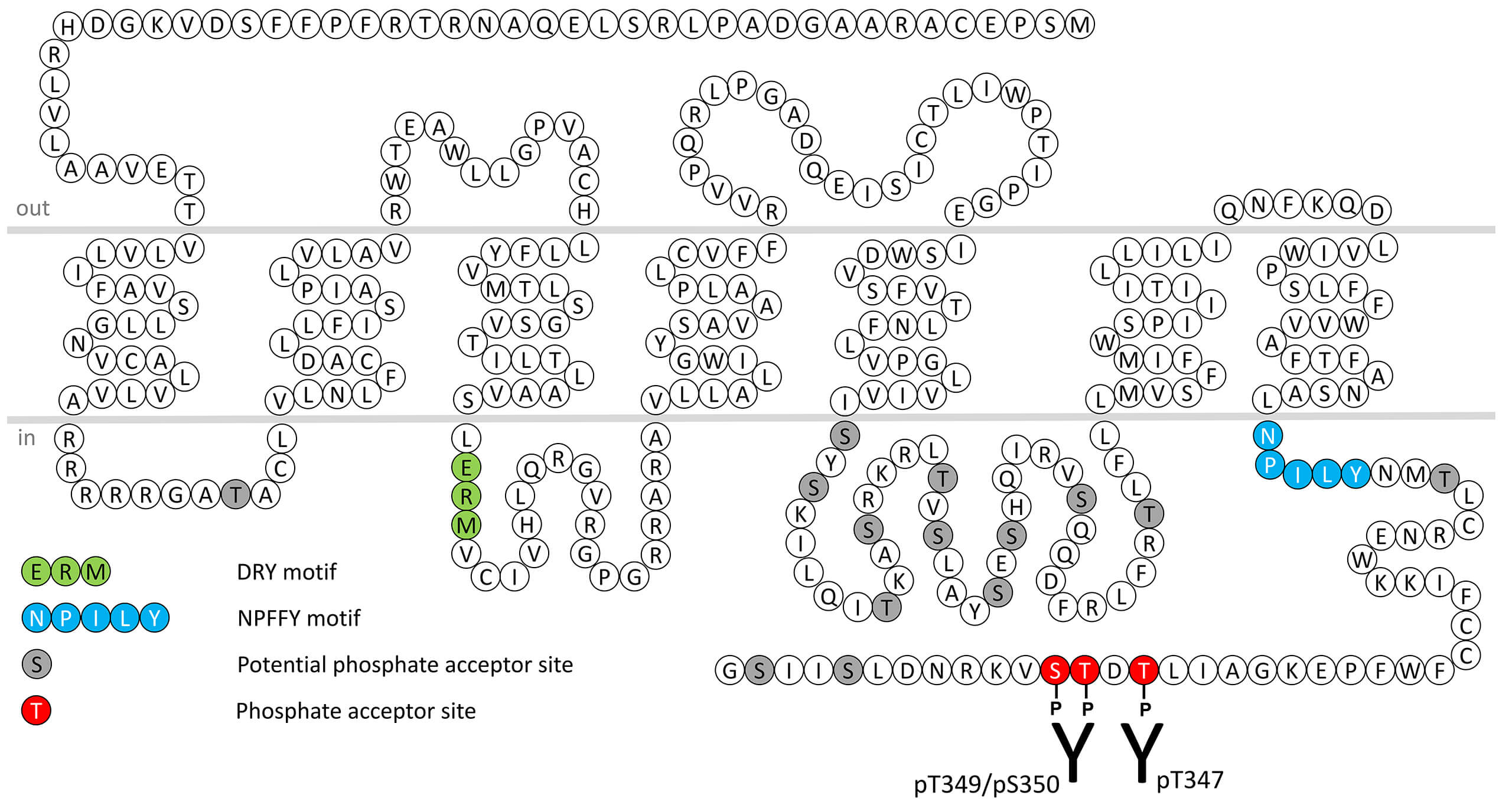No results were found for the filter!
NEW
 pT347-FFA4 (phospho-FFA4 Antibody)
pT347-FFA4 (phospho-FFA4 Antibody) Threonine347 (T347) is major phosphorylation site of the FFA Receptor 4 (FFA4). The pT347-FFA4 antibody detects phosphorylation in response to agonists. T347 phosphorylation is likely to be involved in efficient ligand sequestration by...
$ 375.00 *
NEW
 pT349/pS350-FFA4 (phospho-FFA4 Antibody)
pT349/pS350-FFA4 (phospho-FFA4 Antibody) Threonine349/Serine350 (T349/S350) is major phosphorylation site of the FFA Receptor 4 (FFA4). The pT349/pS350-FFA4 antibody detects phosphorylation in response to agonists. T349/S350 phosphorylation is likely to be involved in efficient...
$ 375.00 *
NEW
 FFA4 (non-phospho-FFA4 Antibody)
FFA4 (non-phospho-FFA4 Antibody) The non-phospho-FFA4 receptor antibody is directed against the distal part of the carboxyl-terminal tail of human FFA4. It can be used to detect total FFA4 receptors in Western blots independent of phosphorylation. The non-phospho-FFA4...
$ 375.00 *
Recently viewed


